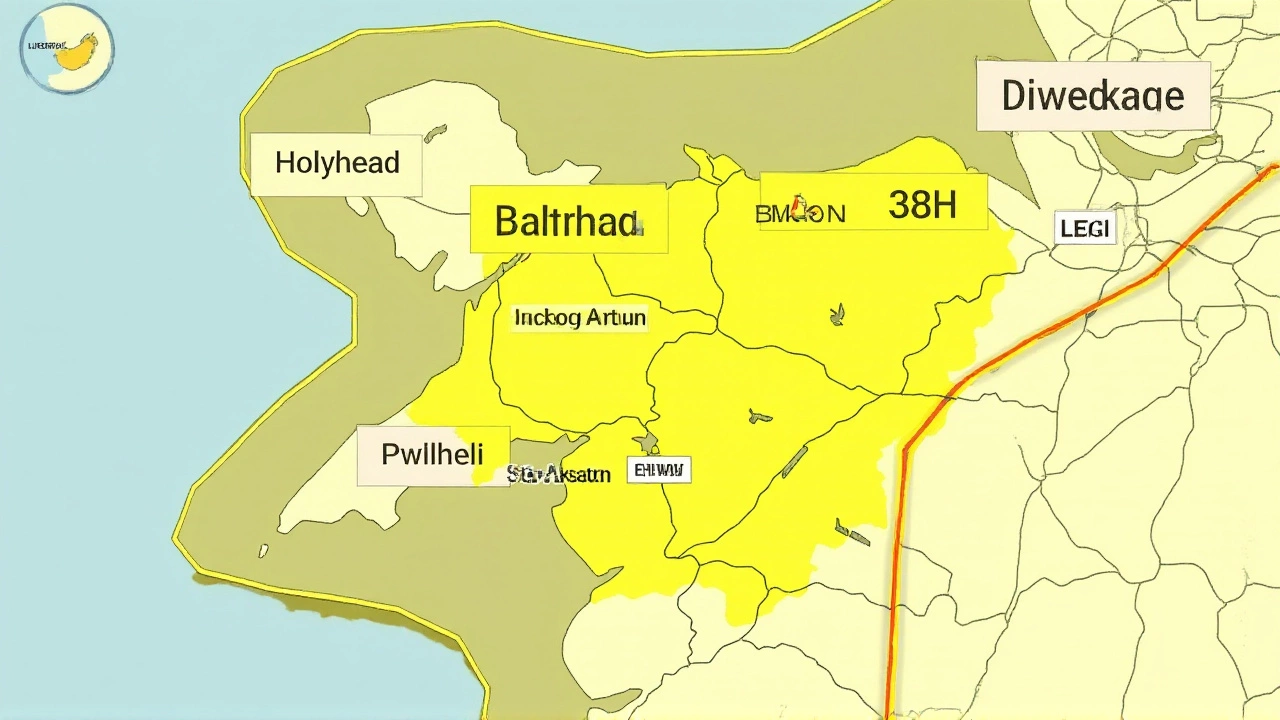Weather Disruption in Soccer: Impact, Planning, and Performance
When dealing with weather disruption, the sudden or extreme changes in weather that interrupt or alter a soccer fixture or practice, clubs must act fast. Also known as weather‑related interruption, it can push a game into postponement, force a change of venue, or demand immediate safety measures. For instance, a heavy downpour may trigger a match postponement, the official decision to delay or reschedule a game because conditions are unsafe, while a biting cold snap raises player safety, protocols that protect athletes from hypothermia, slips, or injuries caused by wet surfaces. The stadium’s conditions, the state of the pitch, lighting, and drainage systems at the time of play become the deciding factor for officials and coaches alike. In short, weather disruption demands a blend of quick judgment, reliable data, and clear communication.
One of the most useful tools against weather disruption is accurate forecasting. Modern forecast accuracy, the precision of weather models that predict rain, wind, temperature, and humidity ahead of a match lets clubs schedule pre‑match inspections and adjust training plans. When a forecast shows a 70% chance of thunderstorms, coaches can shift high‑intensity drills to indoor facilities, preserving player fitness while avoiding a soggy pitch. This preparation illustrates the semantic triple: weather disruption influences match postponement, and forecast accuracy reduces the need for it. Another triple is: weather disruption requires player safety protocols, which in turn drive changes in stadium conditions management. By tracking humidity levels, ground staff can tweak the pitch’s drainage, keeping the surface playable even under persistent drizzle.
Key Factors Every Coach Should Track
First, monitor weather disruption alerts from reputable meteorological services at least 48 hours before a game. Second, evaluate the pitch quality, the firmness, grass density, and drainage capacity of the playing surface. A well‑maintained pitch can absorb sudden rain without turning into a mud bath, which often saves a match from being called off. Third, have a contingency plan for training adjustments, alternative drills or indoor sessions designed to keep fitness on track when outdoor play is compromised. Finally, ensure that medical staff are briefed on cold‑weather protocols, such as warming blankets or anti‑slip footwear, to uphold player safety standards.
All these pieces work together: accurate forecasts feed into stadium condition checks, which dictate whether a match proceeds or a postponement is issued, and they shape the training adjustments that keep players ready. Clubs that treat weather disruption as a strategic variable, rather than a nuisance, see fewer last‑minute cancellations and maintain higher performance levels throughout the season.
Below you’ll find a curated set of articles that dig deeper into each of these topics. From real‑world case studies of postponed fixtures to step‑by‑step guides on safeguarding players in extreme heat, the collection offers practical insights you can apply to your own club or team immediately.
